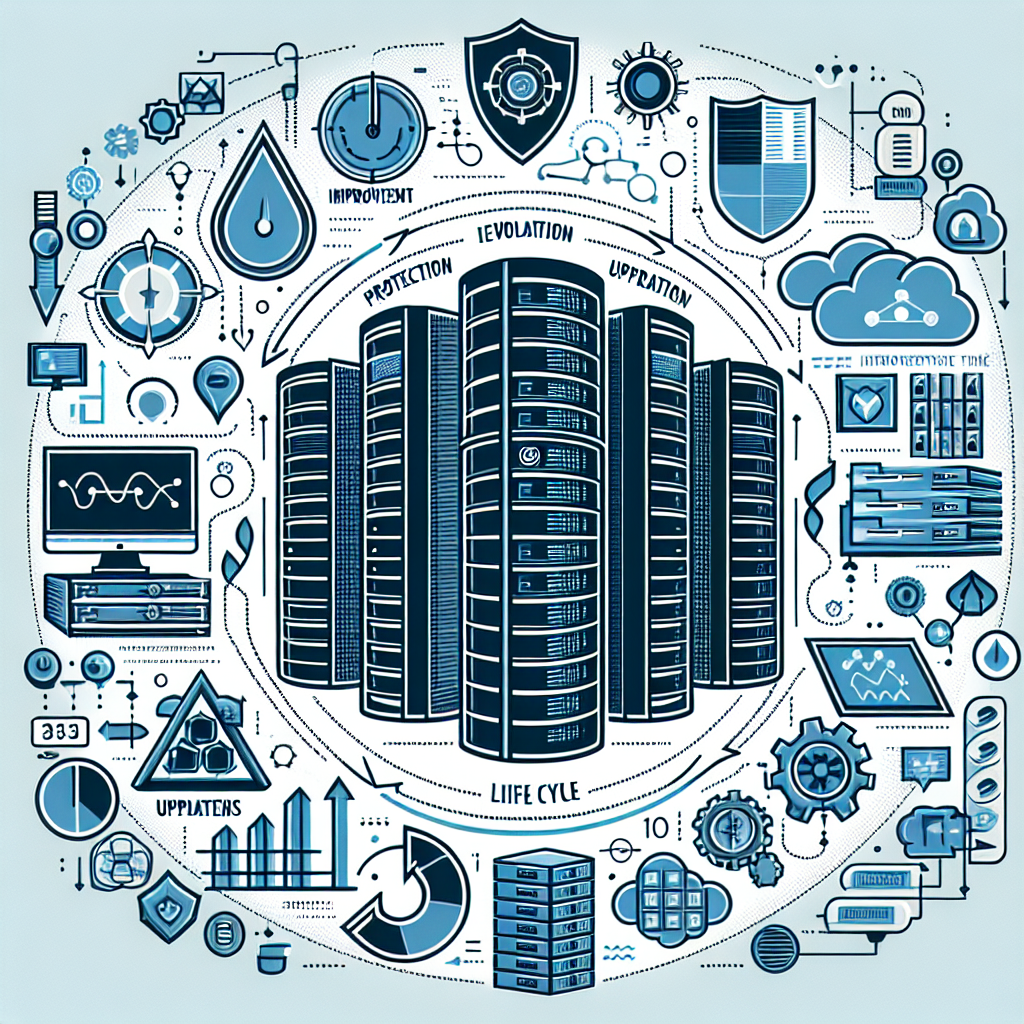In today’s rapidly evolving technology landscape, data centers are becoming increasingly vital to organizations of all sizes. As businesses rely more and more on digital systems to store and manage their data, it is crucial to ensure that their data centers are future-proofed to keep up with the ever-changing demands of the industry.
One key aspect of future-proofing a data center is lifecycle management. Lifecycle management involves strategically planning for the entire lifespan of the data center, from initial design and construction to ongoing maintenance and eventual decommissioning. By taking a proactive approach to managing the lifecycle of their data centers, organizations can ensure that their infrastructure remains efficient, secure, and cost-effective for years to come.
The importance of lifecycle management in future-proofing a data center cannot be overstated. Here are a few key reasons why organizations should prioritize lifecycle management when planning and maintaining their data centers:
1. Cost savings: Proper lifecycle management can help organizations avoid costly downtime, repairs, and upgrades by identifying potential issues before they become major problems. By regularly assessing and updating their infrastructure, organizations can optimize their data center operations and reduce unnecessary spending on maintenance and upgrades.
2. Scalability: As businesses grow and evolve, their data storage and processing needs will inevitably change. Lifecycle management allows organizations to scale their data center infrastructure in a strategic and efficient manner, ensuring that they can easily adapt to changing demands without experiencing disruptions to their operations.
3. Security: Data security is a top priority for organizations in today’s digital age. Lifecycle management helps organizations stay ahead of potential security threats by regularly evaluating and updating their security protocols, ensuring that their data remains safe and secure at all times.
4. Sustainability: As environmental concerns continue to grow, organizations are increasingly looking for ways to reduce their carbon footprint and minimize their impact on the planet. Lifecycle management can help organizations implement sustainable practices in their data centers, such as energy-efficient cooling systems and responsible disposal of outdated equipment, to reduce their environmental impact and contribute to a greener future.
In conclusion, lifecycle management is a critical component of future-proofing a data center. By taking a proactive approach to managing the entire lifecycle of their infrastructure, organizations can ensure that their data centers remain efficient, secure, and cost-effective for years to come. By prioritizing lifecycle management, organizations can position themselves for success in the ever-evolving digital landscape.


Leave a Reply